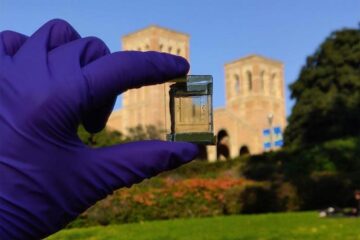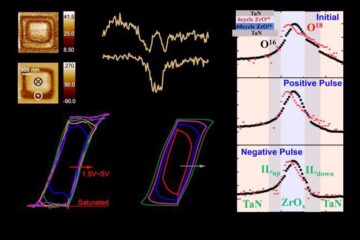Cucumber Versus Cucumber

Marine invertebrate called sea cucumber resembles vegetable cucumber by not only shape, but also by some metabolites. The substances produced by the animal can affect the growth of the plant. This study was conducted by Russian biochemists and supported by the RFBR.
Sea cucumbers are cucumber-shaped echinoderms of the genus Cucumaria (Latin designation for vegetable cucumber sounds similar – Cucumis) having a flexible body with tentacles surrounding the mouth. Very recently, the Russian researchers from Far East have discovered that certain substances produced by Cucumaria are similar to plant glycosides by the chemical structure and can inhibit the growth of roots of cucumber sprouts. The biochemists analyzed published data on the properties of cucumariosides (glycosides produced by Cucumaria) and concluded that their effects on animal and plant cells have similar chemical mechanism. These substances actively interact with the cell membrane, which accounts for their ability to act as antifungal and antitumour agents and also for their toxic effects on some fishes (destruction of blood cells). Besides, the group of cucumariosides includes some immunostimulating and radioprotective agents. Techniques for the extraction of glycosides from the body of sea cucumbers and for their fractionation are already developed and tested.
The Russian biochemists placed cucumber seeds onto wet tissues to germinate and treated the sprouts with solutions of various glycosides originated from Cucumaria. Some cucumariosides acted like growth inhibitors of plant origin and suppressed the growth of cucumber roots. The fact that the plant responded to the biologically active agent of animal origin is very curious. The researchers explain this effect by the ability of cucumariosides for interacting with membrane enzymes of plant and animal cells in the same way. At a low concentration of cucumariosides, the enzymes become inactive. At a higher concentration of these glycosides, the membrane becomes permeable, which causes the leakage of ions (primarily, potassium) and small molecules from the cell. This accounts for the ability of glycosides to suppress the growth of microflora and embryos of sea urchins (echinoderms, relations of sea
cucumbers).
The biochemists revealed that cucumariosides being strongest inhibitors of root growth have molecules with only one reactive group formed of sulphur and oxygen, and least active cucumariosides that produced very insignificant effect on the root growth have three reactive groups in each molecule. This discovery has important implications for biotechnology, where substances with certain fixed properties are needed.
Edible sea cucumbers called trepangs (genus Holothuria) inhabit the same areas of the southern Pacific and Indian oceans as Cucumaria and feed on benthonic animals. Being scared, trepangs can drop the intestine together with the lungs, which later regenerate like any other lost part of the body. Trepangs are dried or smoked for use as an ingredient in soup.
Media Contact
More Information:
http://www.informnauka.ruAll latest news from the category: Life Sciences and Chemistry
Articles and reports from the Life Sciences and chemistry area deal with applied and basic research into modern biology, chemistry and human medicine.
Valuable information can be found on a range of life sciences fields including bacteriology, biochemistry, bionics, bioinformatics, biophysics, biotechnology, genetics, geobotany, human biology, marine biology, microbiology, molecular biology, cellular biology, zoology, bioinorganic chemistry, microchemistry and environmental chemistry.
Newest articles

A chip unique in the world
A team from UPV and iPRONICS has manufactured the first universal, programmable and multifunctional photonic chip on the market. A team from the Photonics Research Laboratory (PRL)-iTEAM of the Universitat…

Advance in light-based computing
…shows capabilities for future smart cameras. UCLA-developed experimental device demonstrates ability to reduce glare in images. Researchers developing the next generation of computing technology aim to bring some light to…

Evidence for reversible oxygen ion movement during electrical pulsing
…enabler of the emerging ferroelectricity in binary oxides. In a recent study published in Materials Futures, researchers have uncovered a pivotal mechanism driving the emergence of ferroelectricity in binary oxides….





















